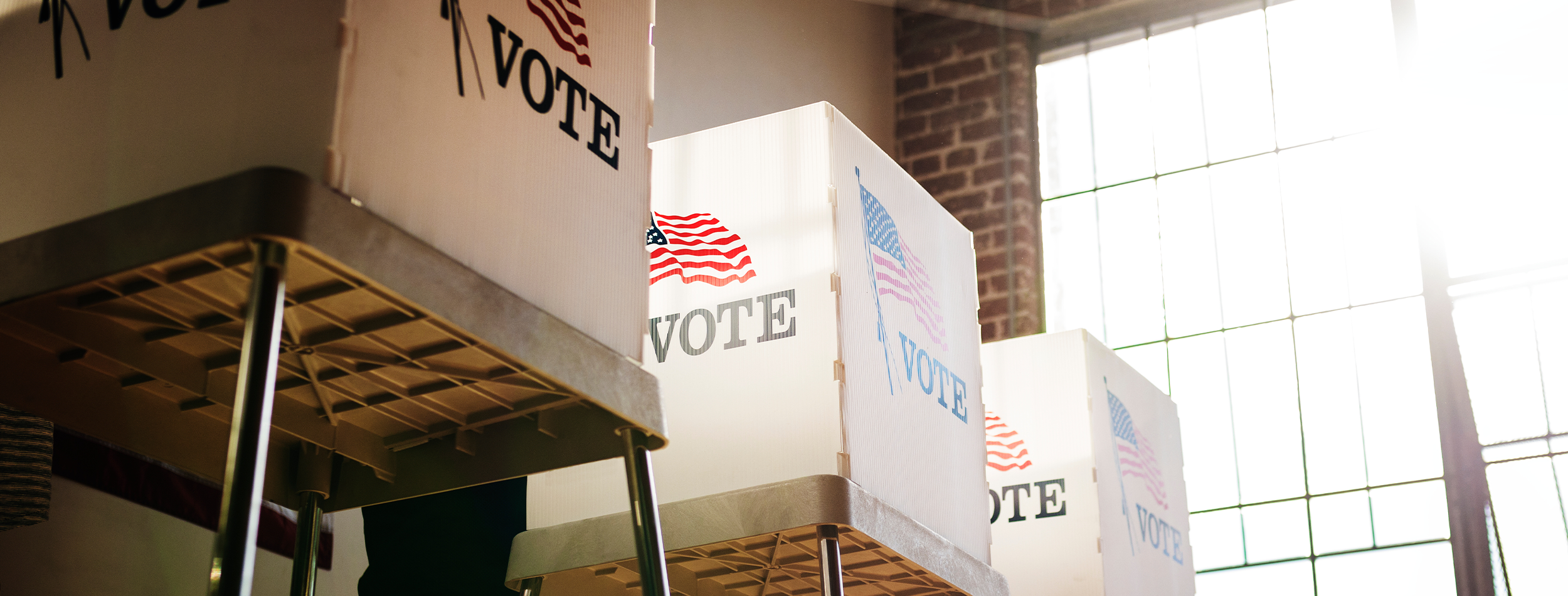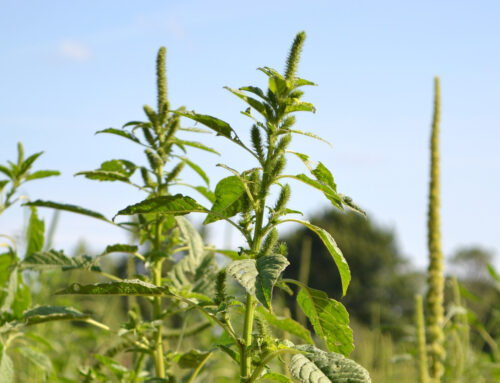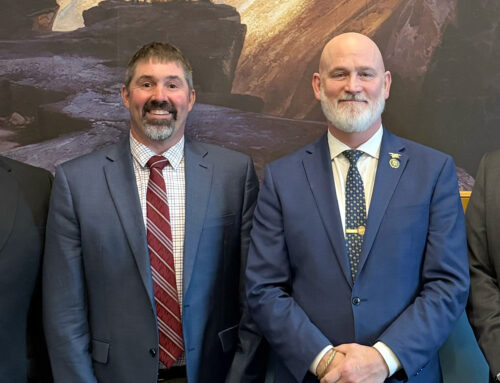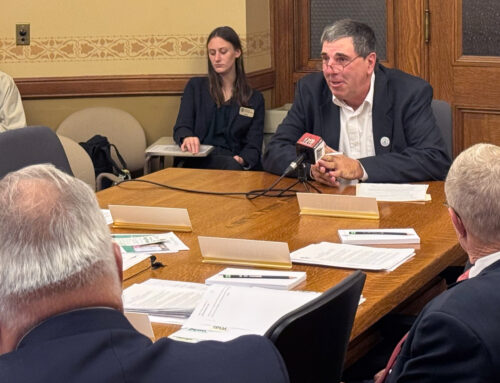
The ballot box: Wisconsin has its say in 2024 election
Share This
The 2024 election is just around the corner, and Wisconsin voters will have a big say in shaping the makeup of their state legislature. At the national level, as the unrelenting deluge of campaign advertisements clearly underscores, the Badger State is also a critical battleground state for both major parties in the presidential election and could swing the balance of power in Washington, D.C.
Circle Nov. 5 on the calendar to have your voice heard!
“It’s extremely important that folks are educated about voting,” said Sara Stelter, president of the Wisconsin Soybean Association (WSA). “I encourage my fellow farmers to do some research and learn where the candidates stand on the issues that matter to producers.”
Here are five key points to remember in the days leading up to Election Day 2024:
ID, please
Per Wisconsin’s voter ID law, citizens are required to present a driver’s license, state ID, passport, military ID, naturalization papers or tribal ID to vote. A student ID will be accepted with a signature and a two-year expiration date. Citizens who don’t have an ID can still cast a provisional ballot, which will be counted provided they return with proper ID within a few days prior to the election.
To obtain a state ID card, voters must fill out an application at a DMV customer service center and are required to provide proof of name and birth (through a birth certificate, passport or certificate of naturalization), Wisconsin residency, U.S. citizenship and their Social Security number.
Dates to remember
The deadline to register to vote in Wisconsin was Oct. 16, 2024. Eligible voters in Wisconsin can vote via an in-person absentee ballot beginning two weeks (Oct. 22) before Election Day. Absentee ballots must be delivered in person or by mail by Nov. 5. Early voting ends Nov. 3, 2024, and election polls across Wisconsin are open on Election Day from 7 a.m.-8 p.m.
For more voting and polling information, visit vote.org.
New district maps
Gov. Tony Evers won reelection in 2022 and, if he pursues a third term, won’t be on the ballot again until 2026. Republicans, who have held complete power in the Legislature since 2010, currently enjoy a near-super majority in the Wisconsin Assembly (64-35) and a veto-proof majority in the Senate (22-10). But after lawmakers approved a redistricting of the state’s legislative maps earlier in 2024, which generally appears to favor Democrats, more than 50 legislators in both chambers are running in different districts. Broadly speaking, the new maps could affect rural representation in Madison: Dane County, for example, will now be represented by five different Senate districts. Nearly 20 lawmakers also announced they wouldn’t run for reelection.
Election forecasters predict that it’s highly unlikely the state Senate will flip in 2024, though Democrats could have better prospects at regaining the majority in 2026. With the new legislative maps, Democrats could also gain seats in the Assembly and, possibly, the majority.
WSA directors and its lobbying team will keep a close eye on the results and how the state election affects the Legislature for the 2025-26 biennium. Regardless of the results, directors are preparing to grow connections while educating incoming lawmakers.
“It’s hard to predict what’s going to happen, but we’re going to have some new representatives that have never represented farmers before,” Stelter said.
WSA Vice President Doug Rebout has already gotten a head start by holding meetings with candidates on his farm in Janesville.
“I hope that, once they get in, we can continue those relationships,” he said.
National overview
The Wisconsin Supreme Court rejected Gov. Evers’ request to update the state’s congressional maps. However, as is the case in even-numbered years, all eight of Wisconsin’s lawmakers in the House of Representatives are up for reelection this November. According to the Cook Political Report, only two congressional races in Wisconsin were considered competitive as of mid-September: 3rd District Rep. Derrick Van Orden (lean Republican) and 1st District Rep. Bryan Steil (likely Republican). GOP candidate Tony Wield is expected to win Wisconsin’s 8th Congressional District seat, which has been vacant since Mike Gallagher resigned in April 2024.
On the Senate side, Democrat Tammy Baldwin is up for reelection against GOP challenger Eric Hovde. Polls over the fall showed Baldwin, a U.S. senator since 2013, holding a slim lead over Hovde. Cook Political Report placed Baldwin’s seat as a “lean Democratic” race.
While the outlook could change this fall, control of the House is considered a toss-up, while the Senate map appears to favor Republicans regaining a slim majority.
Badger battleground
In the race to 270 electoral votes, Wisconsin and a handful of other swing states will likely decide the presidential race. The race is considered a toss-up. By Oct. 21, according to poll tracker FiveThirtyEight, Vice President Kamala Harris and her running mate, Minnesota Gov. Tim Walz, were essentially tied in Wisconsin against former President Donald Trump and vice-presidential candidate JD Vance.
In 2020, Joe Biden won the state by just .63% (about 20,000 votes, roughly the size of the Kohl Center) across more than 3.2 million votes, while Trump prevailed by about 22,000 votes (.77%) in 2016. Expect another nail-biter in 2024. And remember, keep calm and be patient: Because absentee ballots aren’t counted until Election Day, votes in Wisconsin will still be tallied in the days following Nov. 5, meaning a winner may not be declared on election night.
Look for key takeaways from the election results, and what it means for Wisconsin agriculture, in the winter 2025 issue of Soy Forward.



